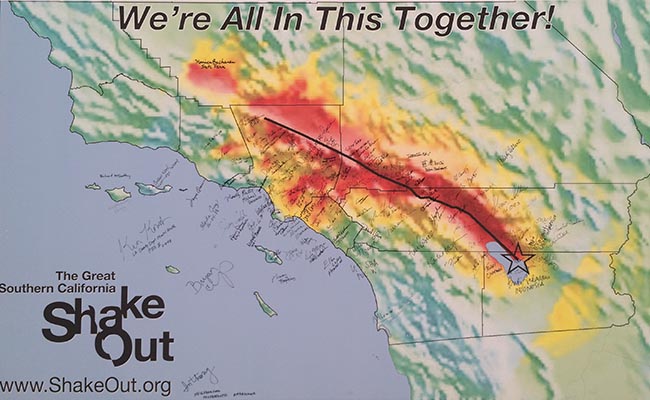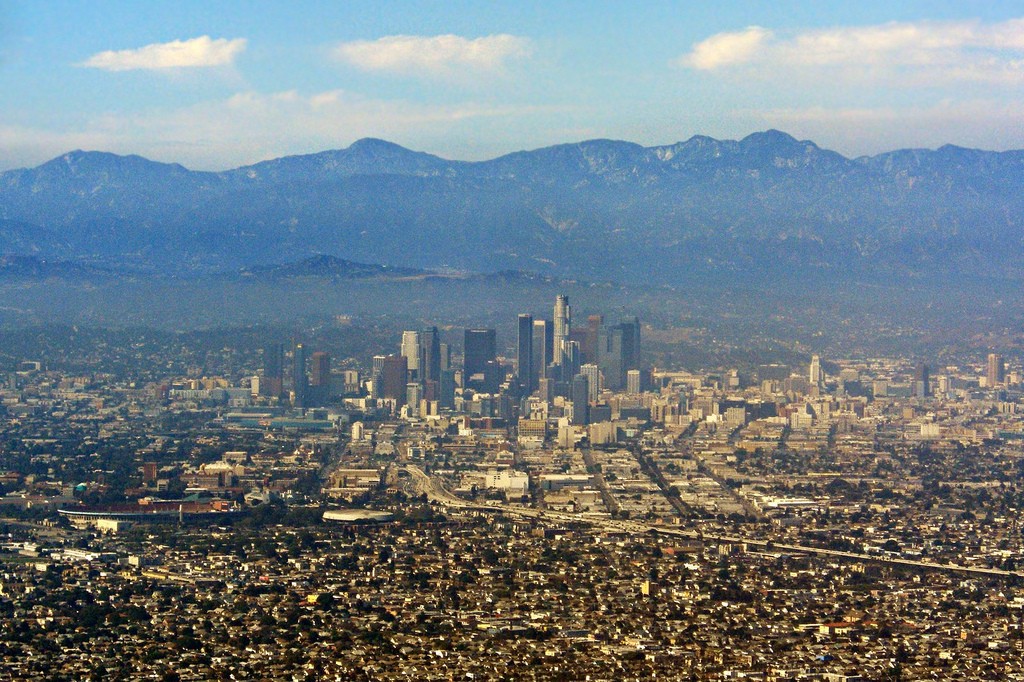When it comes to major earthquake activity in Southern California, the past 20 years has been what U.S. Geological Survey seismologist Dr. Lucy Jones called a “particularly quiet period” that “will not continue.”
As a part of the Sept. 30 National PrepareAthon Day, a campaign aimed at increasing community preparedness and resilience in the event of catastrophic events, The 2015 Great California ShakeOut Breakfast Leadership Summit aimed to shed light on the many faults in the city’s preparedness for the elusive “big one.”
Hoping to shake up communities just enough to get them looking into cementing emergency plans, Jones, whose research is supported by Los Angeles Mayor Eric Garcetti, presented data on potential earthquake damage and introduced possible solutions to help facilitate city-wide resiliency—the ability to recover from an emergency state as quickly as possible.
“Somehow human nature hopes against hope that we can ignore science away,” Garcetti said. “It is a matter of when, not if, we need to be prepared.”
Working with the mayor’s office and using the ShakeOut Earthquake Scenario, Jones and a team were able to prioritize the most important ways in which to create and maintain integrity in the event of a large-scale earthquake: water, telecommunications, and building integrity.
Strengthening each of these three systems in order to quickly recover the city’s economics after sustaining a violent jolting was emphasized.
“What we’re trying to do is keep this system working. But when we have a big earthquake our financial activity is going to drop,” Jones said. “We don’t have electricity, we don’t have water, we’re not opening our buildings.”
Both Jones and Garcetti referenced the demise of San Francisco after the metropolis’ devastating 1906 earthquake. Jones illustrated the city’s dramatic fluctuation in population attributed to the seismic catastrophe.
















